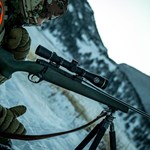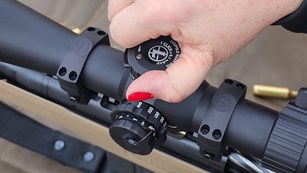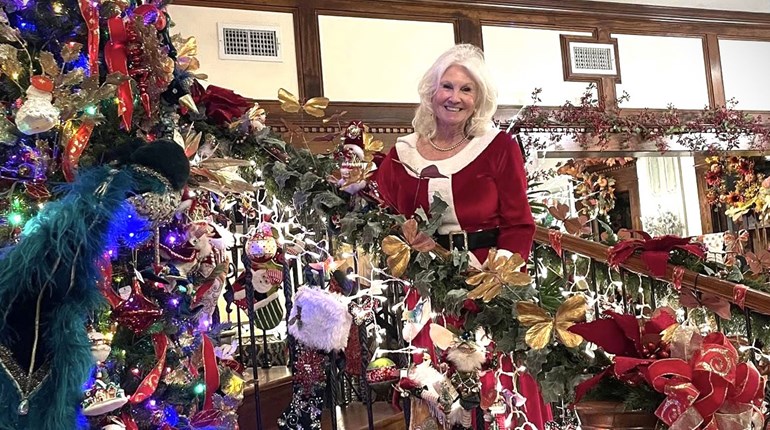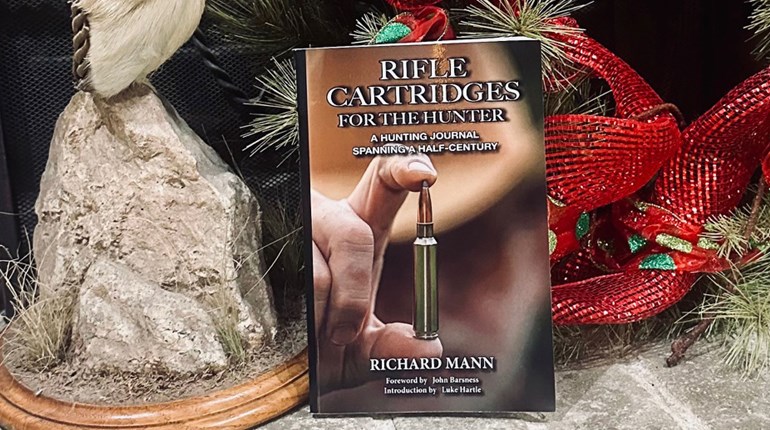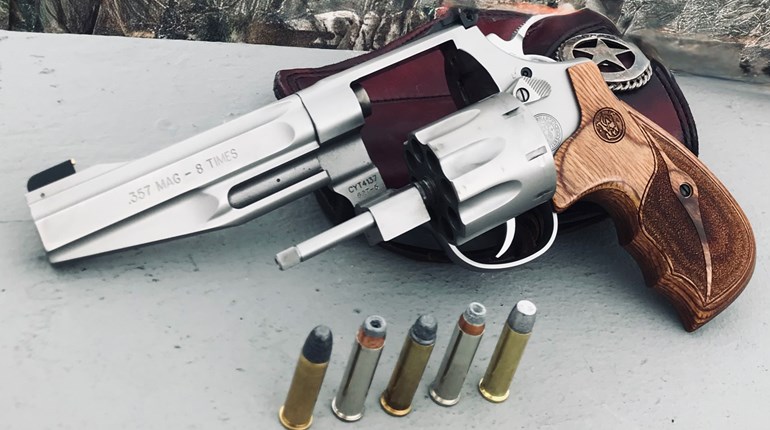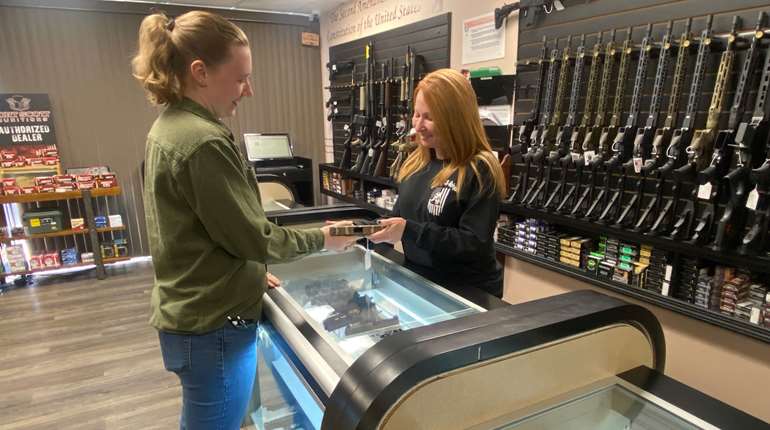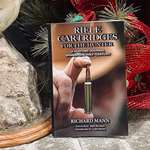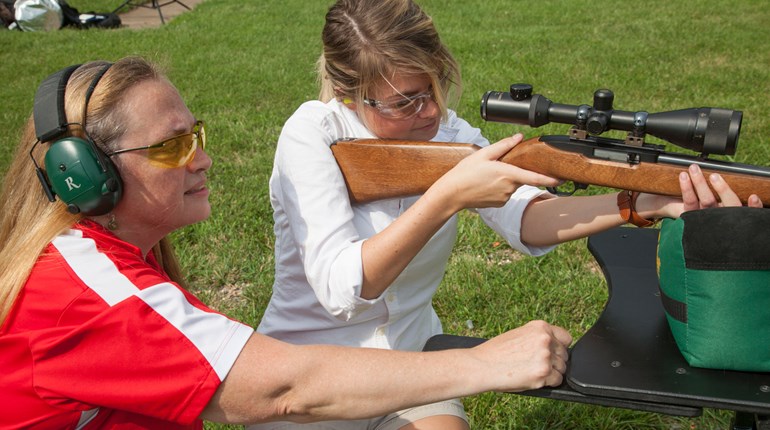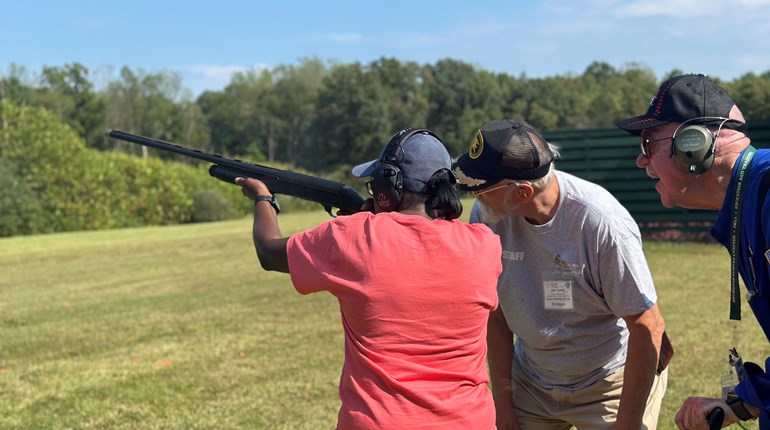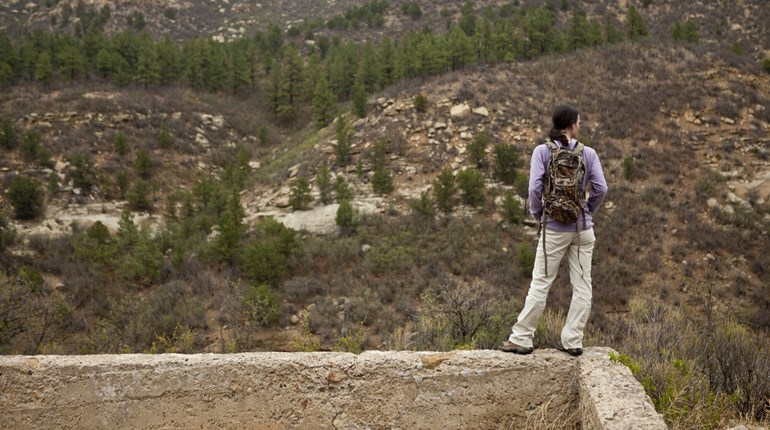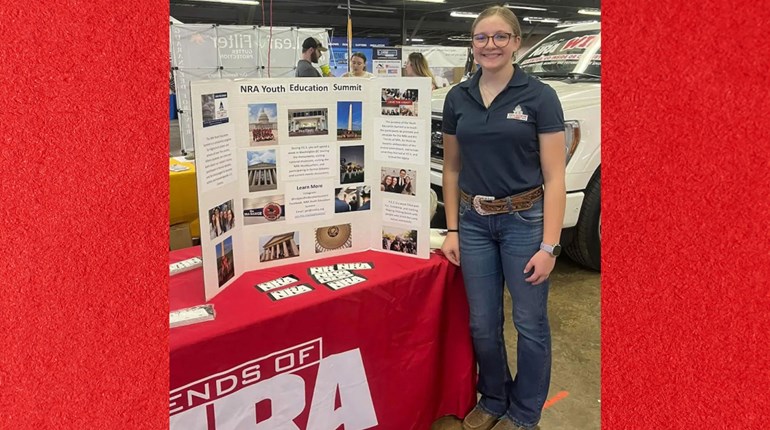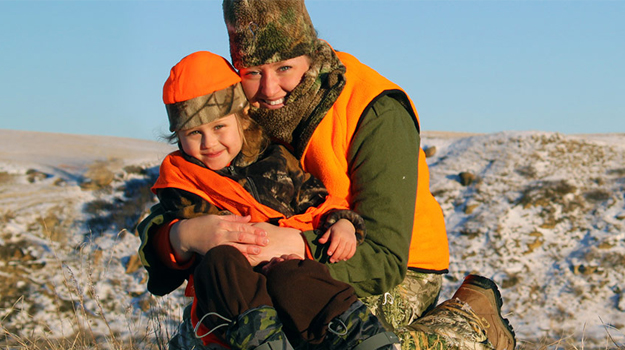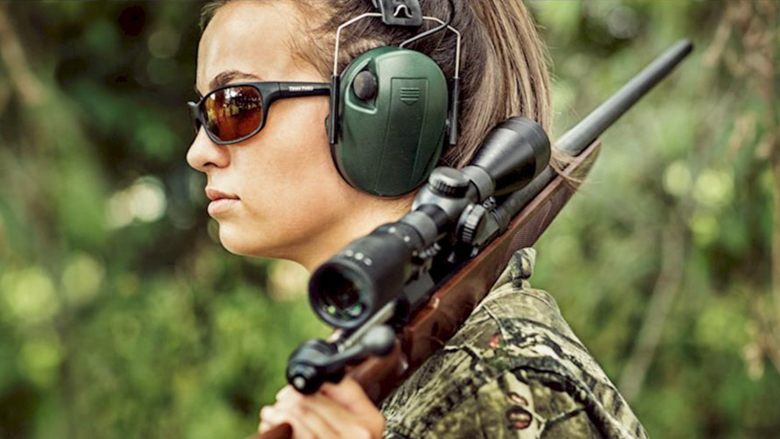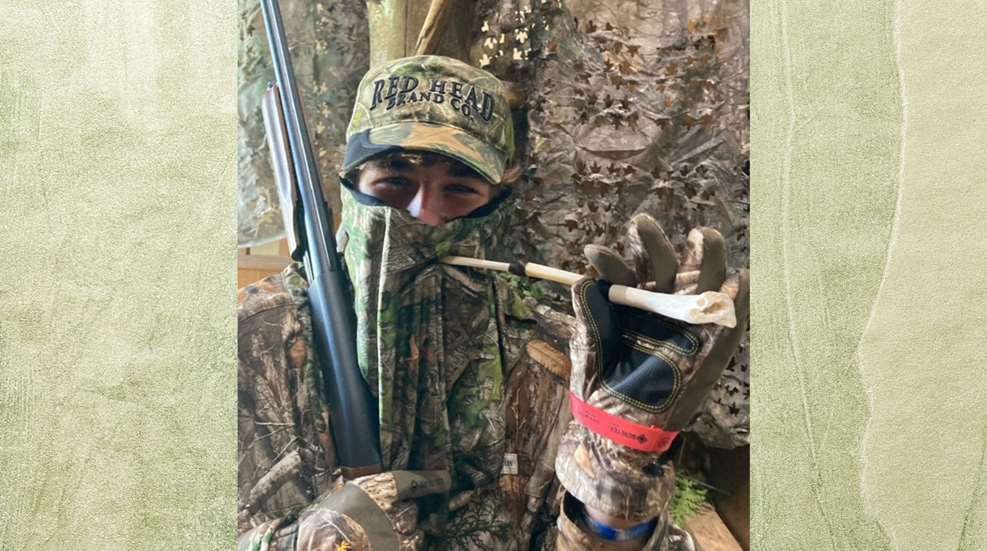
In the world of hunting, there is nothing more exciting than calling up a big tom turkey within shotgun range. To make it more rewarding, try making your own call and tricking one of the most cautious and leery game animals in North America. Wing-bone calls are the oldest form of calls, developed by Native Americans and possibly dating back 4,000 years.
During this off-season, why not make your own wing-bone call? They are easy to make but take some practice to be able to produce the sounds needed to fool an old tom.
The wing bones of mature male turkeys are the most desirable for wing-bone calls. Bones from different turkeys make different sounds. Bones from mature toms make a deep and raspy sound. Bones from hens make a higher and crispier sound. Bones from jakes make a sound that falls in between the toms and hens. Because calls made from different turkeys make different sounds, a savvy hunter will have one of each in his or her bag of tricks. Another benefit of the wing-bone call is it is louder and the sound travels farther than any other type of call.
To use the wing-bone call, the hunter places the free end of the radius bone in between their lips. Some hunters place the call in the front and center of their lips, while others place the call near the corner of their mouth. The call is not operated by blowing through it, like most turkey calls. Rather, it makes the yelps and clucks of a hen by a sucking motion. The hunter puckers his or her lips and “kisses” to create the suction. This takes practice, but it is easy to learn. Just like anything worth doing, you need to put in the time to master the sounds.
Step 1 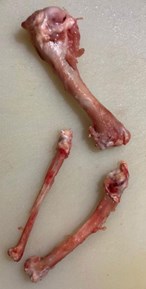
The first step is to remove the wings from the turkey at the ball joint where the wing attaches to the body. The wing must be deboned to save the humerus, radius and ulna. These three bones need to be scraped clean of all the meat and cartilage that can be reached with a knife. When finished with step one, you should have three bones separated from each other and somewhat clean.
Step 2
Next, boil these three bones. Adding a few drops of dishwashing liquid will begin the degreasing process. Wait for the water to boil before dropping in the bones. Do not boil longer than 20 minutes because the longer the bones boil, the more brittle they become.
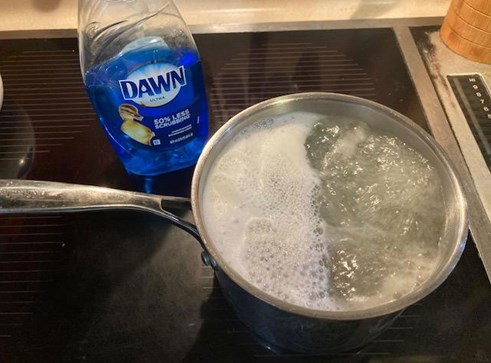
Step 3
Then, remove the bones from the boiling water after any remaining meat or cartilage has gone. Using a hacksaw or a Dremel tool, remove the ends of the two smaller bones, the radius and ulna, where the bones start to flare. On the larger bone, the humerus, sever the smaller end where it starts to flare. On the larger end of the humerus, sever the flared end at the widest point. This gives the call a bell or trumpet to amplify the sounds. Be careful while cutting the ends as not to splinter the bones.
Remove the marrow from all the bones with a pipe cleaner. The bell end of the humerus needs to be cleared of any thin bones to create a single hollow chamber. The last thing in this step is to lightly sand the cut ends to make them smooth.
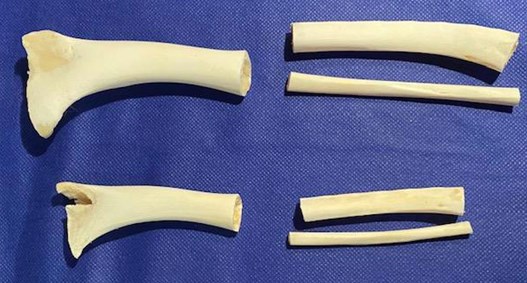
Step 4
For step four, first bring some fresh water to a boil. Then, add the bones to the boiling water with a liberal amount of dishwashing liquid to degrease. Then, add a splash of hydrogen peroxide to whiten the bones. Only boil for a few minutes so the bones do not become too brittle.
Step 5
This step is the assembly of the call. You will notice that the radius has a round end and a flat end. The flat end is the mouthpiece, and the round end is inserted into the ulna. The free end of the ulna is inserted into the small end of the humerus. Some turkey hunters do not add the humerus, which makes a smaller call. The addition of the humerus allows the turkey sounds to project for a longer distance because of the trumpet or bell on the end. The ends may have to be shaved a little bit to fit inside of each other. Once you have a tight fit of the connected pieces, mix some epoxy to glue the parts together and fill any gaps to create a seal. Let the epoxy set according to the instructions.
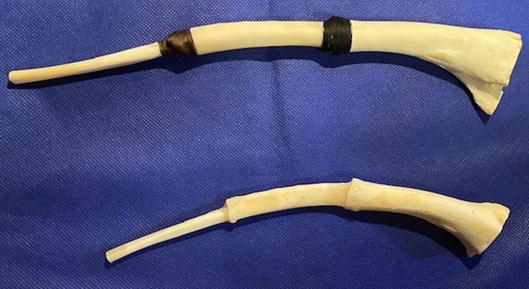
Step 6
Step 6 is optional. Some turkey hunters decorate or add their own finishing touches to their new call. Just remember, these calls are for turkey hunting, so stay away from bright colors, shiny finishes or hanging things such as feathers or beads that can give your position away to a sharp-eyed bird. Most turkey hunters who make their own wing-bone calls wrap dark thread around the bones where they connect. If you spray it with a clear coat, make sure that it is not a glossy finish. You want a dull, flat finish.

